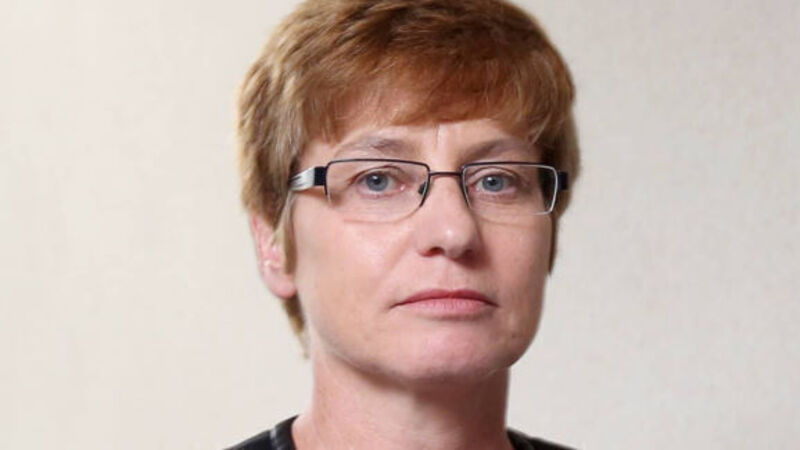Mental health service reform has ‘ground to a halt’

The damning findings were outlined in the latest annual report of independent watchdog the Mental Health Commission, which has insisted immediate action must be taken to address a hidden scandal which was meant to end seven years ago.
Despite Government and HSE claims the issues are being tackled, the MHC report has highlighted staffing, resources and budget concerns that are impacting on vital frontline services.
Warning the issues are putting patients at risk and mean children are still being placed in inappropriate adult units, the independent group said the wider problems are leading to a “dangerous stagnation” in reform.
According to the report;
- 56% of psychiatric hospitals and approved facilities are not compliant with basic staffing levels, while — at 9,000 staff — the entire mental health service is 3,000 workers short of requirements set out in the 2006 Vision for Change reform plan
- 26% do not have enough beds to meet demand
- 47% are using controversial constraints on patients who could potentially cause harm to themselves or others, while 33% are still using “seclusion” techniques
- 40% do not have individual patient care plans
- and one in five children admitted to mental health facilities are still being sent to adult units, despite the practice being outlined in 2011
MHC chief executive, Patricia Gilheaney, said the problems are “not acceptable” as “seven years after the [Vision for Change] regulations we should be seeing full compliance from every approved centre”.
MHC chairman, John Saunders, added “resource constraints and reluctance to change” are delaying reforms. He said some services have “ground to a halt”, with staff “under massive pressure to do more with less”, a situation increasingly “impacting on basic services”.
Responding, the HSE said mental health staff levels have increased since 2012 and that an extra 1,130 workers will be employed by December.
Junior health minister, Alex White also said funding is being made available to tackle the issue. However, Mr Saunders said despite the fact the HSE has a “cash allocation” to fill staff gaps, there has been “slow progress in filling those posts” and “we still have an under-resourced service”.
The comment is supported by official figures which show that since the HSE received €35m in December 2012 to create 477 new community mental health team posts, just over half of the posts have been filled.
Psychiatric Nurses Association general secretary, Des Kavanagh, said the document shows those in power are out of touch and that a full review of how Vision for Change is being implemented must now take place.
“For the MHC to conclude that services are in danger of ‘stagnating and moving backwards’ seven years after the Vision for Change strategy was introduced confirms there now needs to be an urgent review of the document, which is being used as a fig-leaf to hide under-resourcing and under-staffing of services.
“The MHC report confirms the experience of frontline nurses. that lack of investment, a moratorium on recruitment and the breach of commitments to end the placing of children in adult units are bringing the system to breaking point. Psychiatric nurses and clinicians want to see action from minister [for mental health, Kathleen] Lynch – ignoring the facts is no longer an option.”
A total of 261 patients died while being treated at mental health facilities last year, including 23 “unexplained” deaths which are likely to have been suicides.
The MHC said 156 tragedies occurred in 47 approved centres and 105 in community mental health units. While the fatalities were spread across the country, the HSE West, 79, and the HSE South, 59, saw the highest number of deaths.
A further 39 people died while being treated by “independent service providers”, seven in an intellectual disability service, and one while at the national forensic service.
The MHC said that, of the 156 deaths of people under the care of approved centres, 23 were unexplained and are likely suicides.
The Psychiatric Nurses Association and individual doctors have recently claimed they are having to send patients home early or turn them away from care due to staffing and budget shortfalls, issues they allege have contributed to the tragedies.













